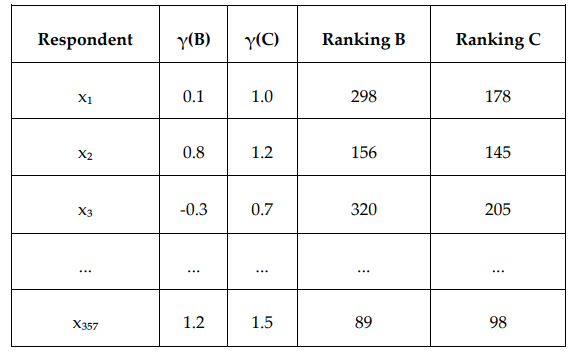Wage gap and cost of living: A multidimensional measurement with Plithogenic Statistics and Indeterminate Likert Scale
Keywords:
Wage Gap, Cost of Living, Plithogenic Statistics, Likert Scale, Uncertainty, Inequality, Public PoliciesAbstract
The intention of the wage gap versus cost of living analysis was to explore the wage gap versus cost of living via a plithogenic statistic and an indeterminate, uncertain Likert scale survey. The intent was two-fold. First, to evaluate the wage gap versus cost of living. Second, to evaluate the uncertainty of income versus expenses. A plithogenic survey was sent to n= 357 men and women across various industries within a major metropolitan area. Findings were assessed through the new Likert scale with a subsequent option for indeterminate results. Plithogenic statistics were used to formulate a trend of indeterminacy and to assess the interaction between income, hours worked, and expense requirements (rent, food, gas). Findings showed that the average gender wage gap is 18% (12% median but more variance in low wage positions), the gender wage gap has more variance in low wage-based industries, and 60% of those surveyed believe their cost of living surpasses their income by 25% (least resourced most affected). Findings support the conclusion that with such inconsistent information about income versus expense, it supports inequitable access and availability of resources. Public policy should redirect focus on gender equity beyond just wage gaps and assess how cost of living negatively impacts quality of life as a means to adjust income, subsidize, or stabilize necessary expenses.
Downloads

Downloads
Published
License
Copyright (c) 2025 Neutrosophic Sets and Systems

This work is licensed under a Creative Commons Attribution 4.0 International License.






